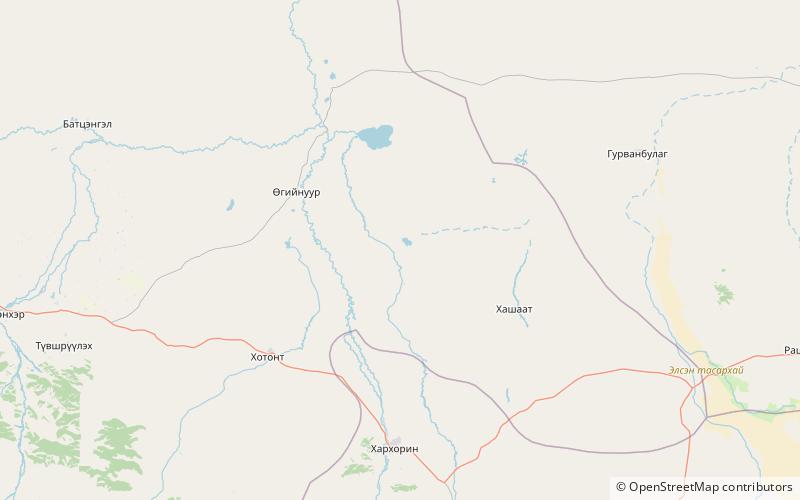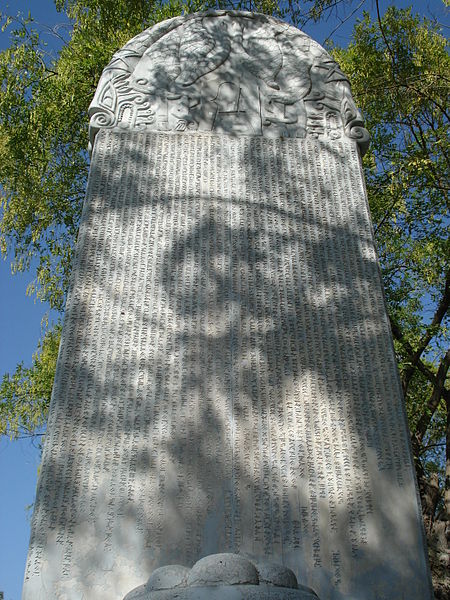Orkhon inscriptions


Facts and practical information
The Orkhon Inscriptions, nestled within the captivating landscape of Mongolia, stand as a testament to the rich historical tapestry of the region. These ancient Turkic monuments, dating back to the 8th century, are located in the Orkhon Valley, a UNESCO World Heritage Site recognized for its historical significance and natural beauty.
The inscriptions are etched onto two large stone steles and are a crucial source of information about the social and political life of the Gokturk Khaganate, an early Turkic state. The older of the two, the Orkhon Inscription, also known as the Orhun Inscriptions or Khöshöö Tsaidam monuments, was erected in honor of the Turkic prince Kul Tigin and his brother Emperor Bilge Khagan. These inscriptions are written in the Old Turkic alphabet, making them a key piece in understanding ancient Turkic culture and language.
The site is not just an archaeological treasure but also a place of linguistic importance, as the inscriptions represent the earliest evidence of a Turkic language in written form. The text reveals details about the political and military achievements of the Gokturk rulers, as well as their interactions with neighboring powers such as China and Persia.
Visitors to the Orkhon Inscriptions can immerse themselves in the legacy of the ancient Turkic people, gaining insights into their lives and the landscape that shaped their civilization. The site's remote location adds to its mystique, offering a serene and undisturbed environment for reflection on Mongolia's storied past.
Arhangay
Orkhon inscriptions – popular in the area (distance from the attraction)
Nearby attractions include: Tövkhön Monastery, Orkhon Valley.


